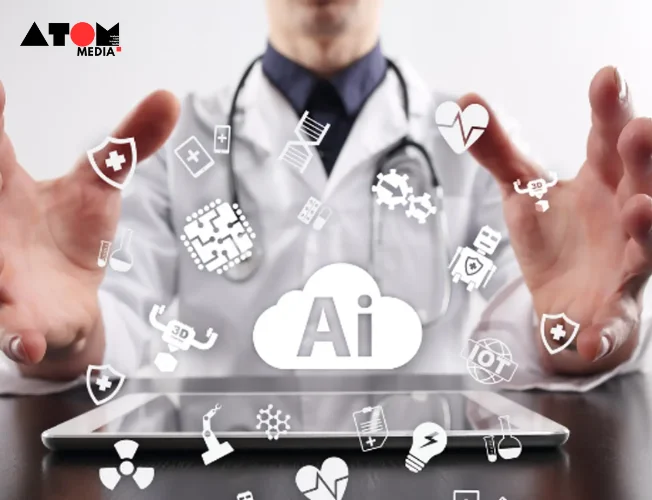Patient care in today’s healthcare environment includes pre- and post-treatment care as well as the complete experience, not just the therapy itself. The world’s healthcare industry is becoming more integrated as it embraces digital transformation. Face-to-face interactions between patients and healthcare practitioners were a major component of traditional patient engagement. But as technology has advanced and communication methods have improved, this dynamic has altered dramatically.
The Digital Healthcare Revolution
Patient engagement has undergone multiple revolutions as a result of the integration of technology in healthcare. Digital technologies have crossed time and space boundaries, from telemedicine platforms that enable remote consultations to mobile health applications that facilitate real-time monitoring.
Using technology and efficient lines of communication has become a critical tactic in this transformation in digital healthcare. For instance, telemedicine has democratized access to healthcare by giving people 24-hour access to medical professionals regardless of their location. This promotes continuity of treatment and a sense of security in addition to guaranteeing prompt action.
Moreover, platforms facilitating doctor-to-doctor connections promote seamless collaboration and knowledge sharing, ultimately benefiting patient outcomes. This is particularly beneficial in complex cases where patients can connect with specialists globally from the comfort of their homes, enhancing patient engagement manifold.
Market Trends and Growth
In 2019, the telemedicine market in India was valued at nearly $830 million, up from $647 million the previous year. Since 2010, the market size has seen steady growth and is projected to grow at a compound annual growth rate (CAGR) of 31% from 2020 to 2025.
The Rise of the Patient’s Journey
Today, information is readily accessible, empowering patients to be informed about their healthcare journey. Providing patients access to their health information fosters a sense of ownership and accountability for their well-being. Open communication channels between healthcare providers and patients enable informed decision-making throughout the healthcare journey.
Technology and Communication in Patient Care
Healthcare practitioners may now map out a patient’s whole healthcare path thanks to communication and technology. They are aware that providing compassionate care and support from the outset is what healthcare is all about—it goes beyond practicalities.
Positive patient engagement now depends heavily on having highly qualified and trained patient experience professionals who are skilled in patient-provider communication, possess excellent behavioral attributes like empathy and excellence, and speak the patient’s native language with ease.
Healthcare practitioners strive to foster patient loyalty by providing individualized care and assistance throughout the patient experience. Thanks to technology, they are able to handle every step with great attention to detail, from treatment planning and cost comparisons to helping with visa applications, travel arrangements, and lodging.
The evolution of digital healthcare has not only transformed patient care delivery but has also redefined patient engagement. By leveraging technology and effective communication, healthcare providers can enhance accessibility, quality of care, and patient satisfaction across the globe.





